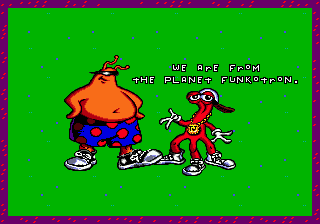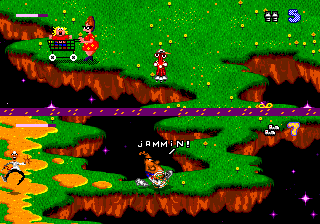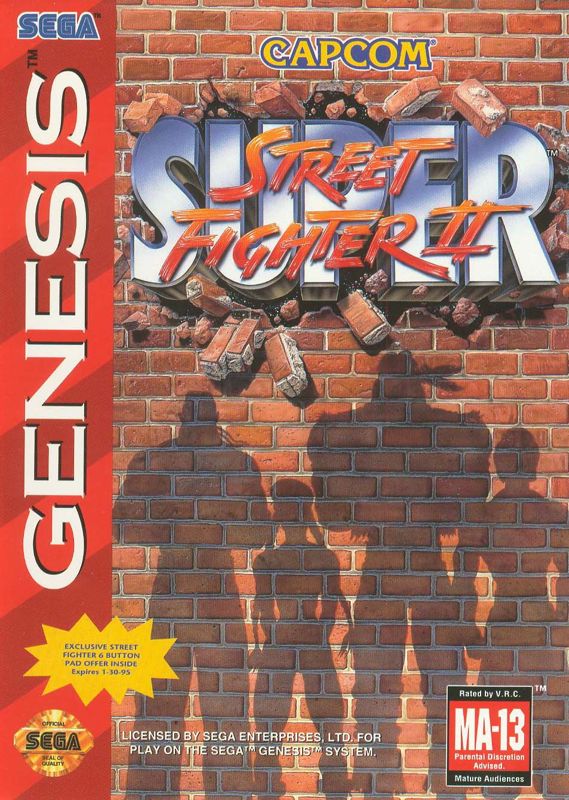
https://darth-azrael.tumblr.com/post/705371872570769408
“ToeJam and Earl” was developed by Jonson Voorsanger Productions and published by Sega for the Sega Genesis in 1991. Words such as “quirky” and “offbeat” are often used to describe it. In any case, this action adventure games is certainly unique and if you were looking for something a little different than the typical action/platform games common at the time then this would certainly fit the bill.
The main characters of the game who serve as your avatars are two funky aliens from the planet Funkotron. As you may have guessed, their names are ToeJam and Earl. They have crash landed on Earth and you may control either ToeJam or Earl (or both in a two-player game) as they search for the missing pieces of their spaceship so that they may return home.

Though it may not initially strike you as such, this game could be considered an example of a roguelike game. It was heavily influenced by the 1980 adventure game, Rogue. Those influences include things like random level and item generation.
While ToeJam an Earl may have been influenced by Rogue, it certainly adds its own unique flavor. It was quite a unique game for the time it was released. The game is played from a 3/4 perspective and the random level generation means that it never looks quite the same. These levels are portrayed as sort of floating islands of Earth in space. To reach the next level, you must find an elevator to take you there. Not only are the graphics unique but they are quite good as well. The same can be said of the music with the soundtrack being as “funky” as the rest of the game.

Gameplay revolves around exploration and item collection. The ultimate goal is to find the ten pieces of the ship and return home. Standing in your way are various hostile “Earthlings” such as giant hamsters, aggressive packs of nerds, chickens armed with tomatoes, and even Bogeymen. As you can probably tell, there is an emphasis on humor with this game. There are also a few characters that will help you along the way and you can also defend yourself by throwing tomatoes or by other equally absurd means.
While this game gets mostly very good reviews there was the occasional complaint. For instance, the game emphasizes exploration in such a way that the pace can be slow. However, whether that is a bad thing or not depends more on personal preference. At times, ToeJam and Earl can also be relatively difficult.

ToeJam and Earl was successful during its time but not quite as successful as many other big titles on the Genesis. There have been a couple of sequels. The first was ToeJam & Earl in Panic on Funkotron. However, in part because of pressure from Sega, it abandoned the style of the original game and was more of a generic platformer. It still received good reviews and was still a commercial success but somewhat disappointing to fans of the original. Another sequel was planned for the Dreamcast but was not released. A beta version found its way onto the internet in 2013. There was a ToeJam & Earl III: Mission to Earth released on the Xbox in 2002 which returned more to the original style but received mixed reviews and garnered poor sales. Finally, there was ToeJam & Earl: Back in the Groove which was released in 2019. However, this was more of an enhanced remake of the original than a sequel.

There’s a good chance that you missed the original ToeJam & Earl if you had a Genesis back in the day. If so, you should remedy that and find a way to play this one. The original is still probably the best. I don’t know of any re-releases so you would have to track down an original cartridge or make do with emulation. However, it is well worth it.









